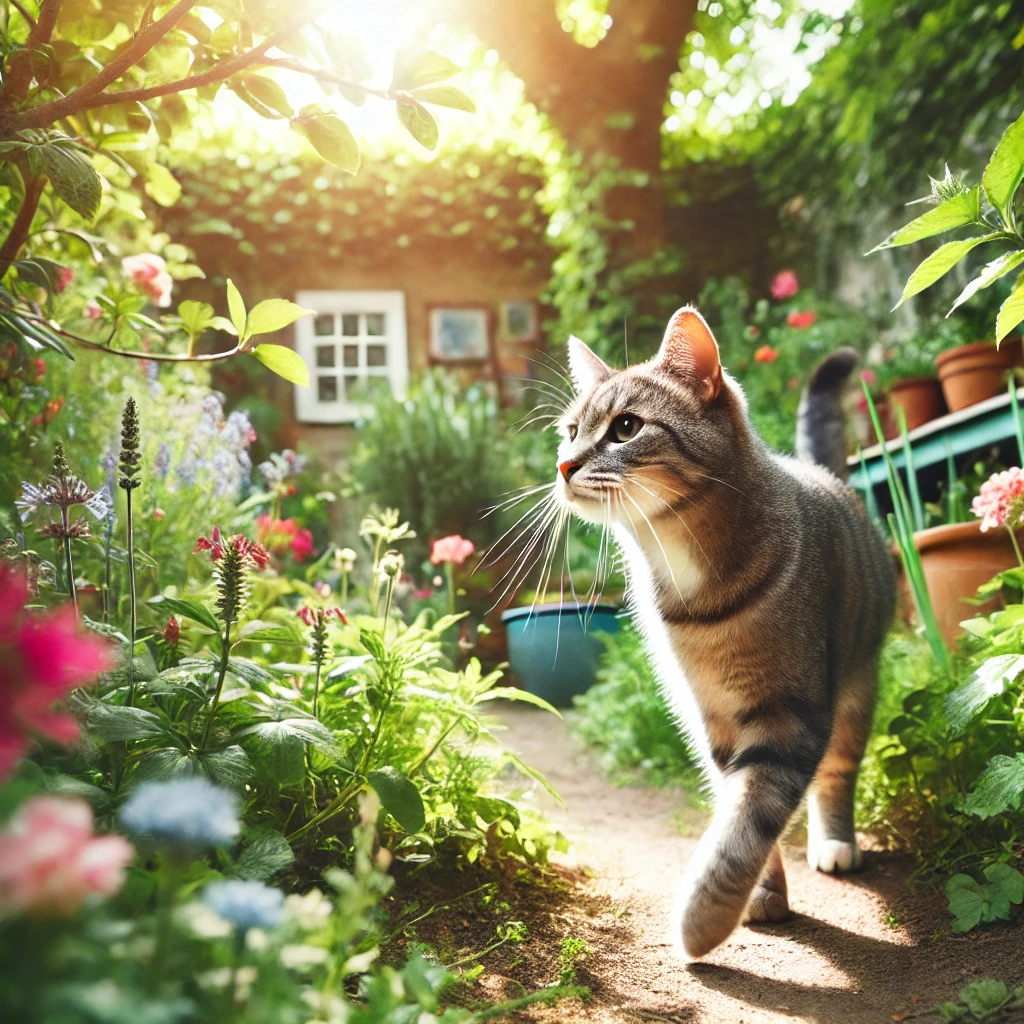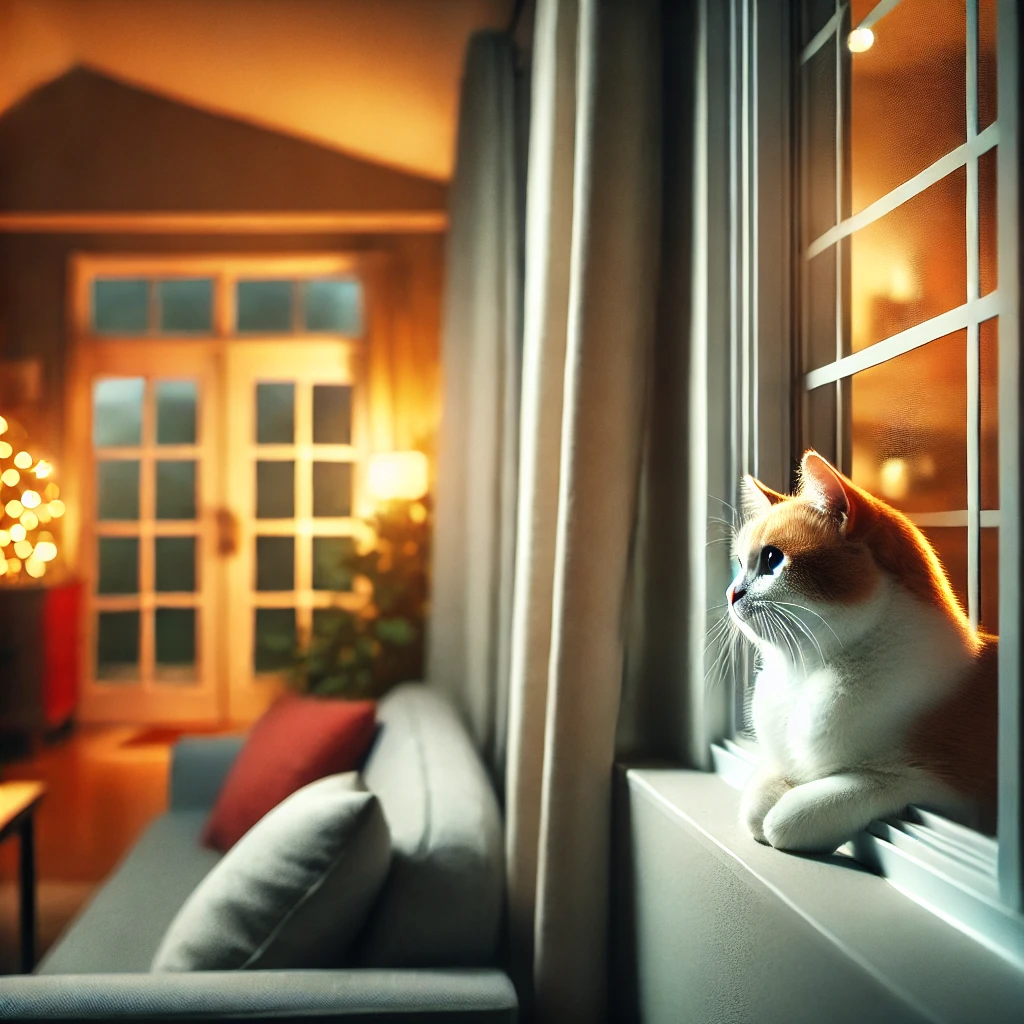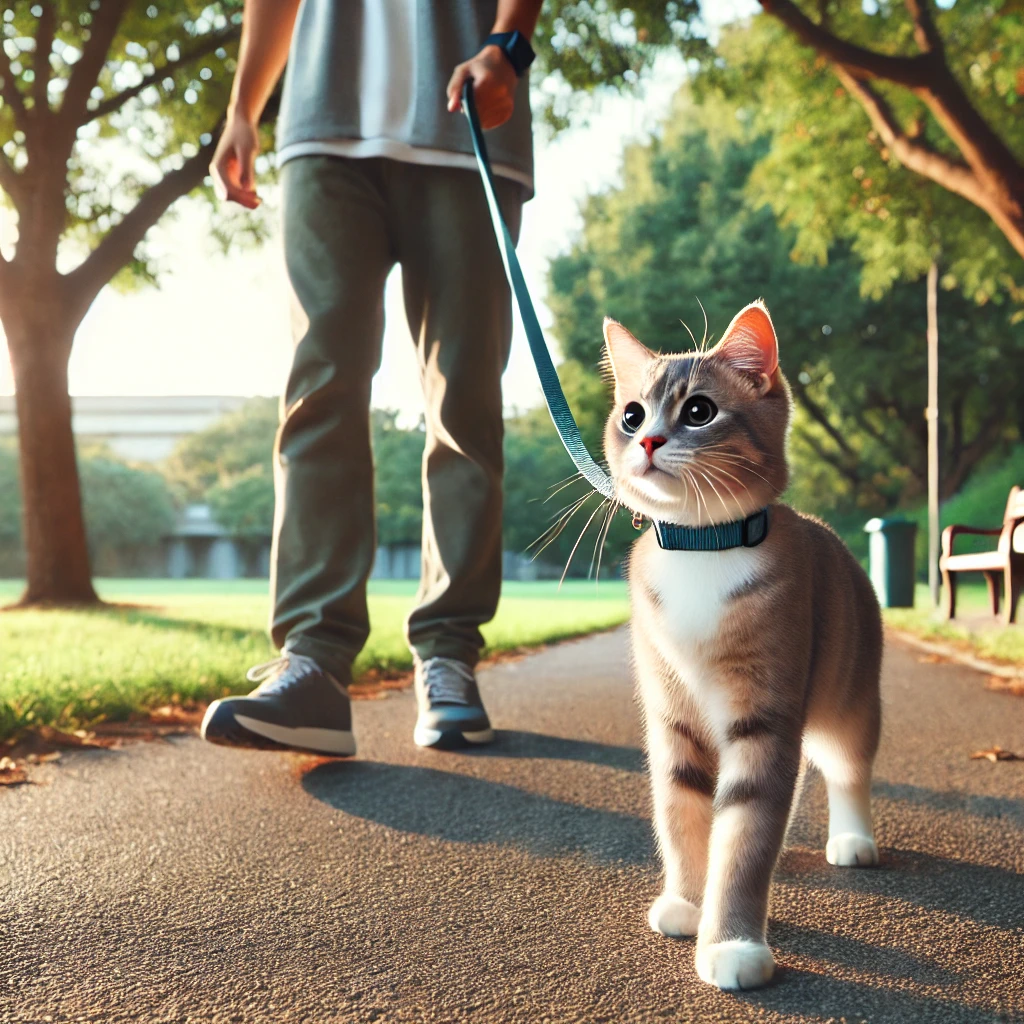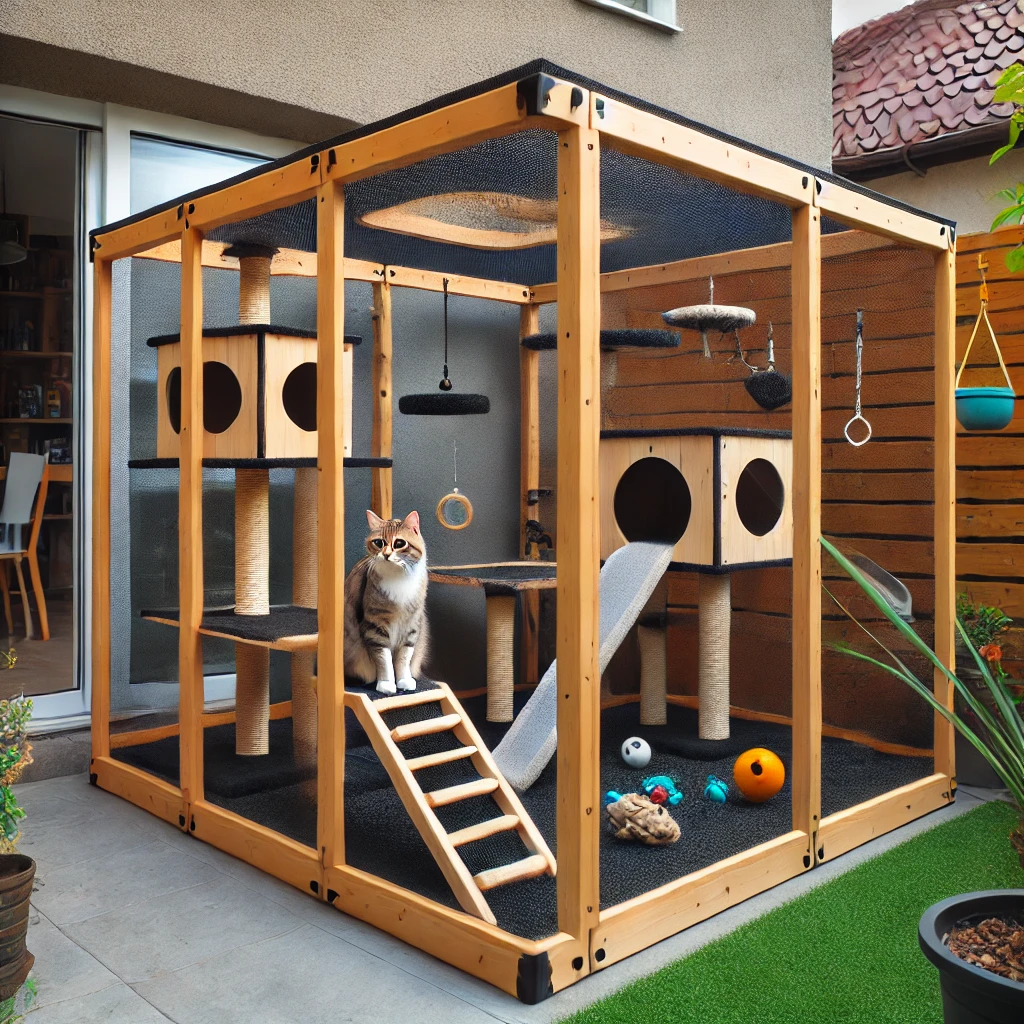Deciding whether to keep your cat indoors or let it roam outside is a big decision for any cat owner. Each option has advantages and disadvantages, and the decision should be based on your cat’s personality, lifestyle and environment. This article will explore the pros and cons of indoor vs outdoor cats housing and help you determine which option is best for your feline friend.


Indoor vs Outdoor Cats
The decision between raising a cat indoors or allowing them to roam outdoors can have a significant impact on their health, safety, and overall lifestyle. Each environment offers unique advantages and challenges for both the cat and its owner.
Below we will see detail description about indoor vs outdoor cats.
The Case for Indoor Cats:
- Safety from Dangers: One of the most compelling reasons to keep a cat indoors is safety. Indoor cats are protected from various dangers such as traffic, predators, toxic plants and other animals. This greatly reduces the risk of injury or death.
- Health Benefits: Indoor cats are less likely to contract diseases such as feline leukemia, FIV (feline immunodeficiency virus) and parasites such as fleas, ticks and worms. They also have a lower risk of coming into contact with harmful substances such as antifreeze or pesticides.
- Longevity: Studies have shown that indoor cats tend to live longer than their outdoor counterparts. The average lifespan of an indoor cat is 12-18 years, while outdoor cats can only live 2-5 years due to the increased risks they face.
- No Need for Hunting: Indoor cats do not need to forage, so they are less likely to catch and kill wildlife. This may be particularly important in areas where cats are considered a threat to local bird populations.
Challenges of Keeping Indoor Cats:
- Lack of Stimulation: Indoor cats can become bored or frustrated if they don’t get enough mental and physical stimulation. This can lead to behavioral problems such as scratching furniture, overeating or aggression.
- Exercise Needs: Without the opportunity to roam, cats in the apartment may not have enough exercise, which leads to obesity and related health problems. It is important to provide them with enough toys, climbing frames and interactive games to keep them active.
- Environmental Enrichment: Indoor cats need a stimulating environment to stay happy and healthy. This can include scratching posts, window perches, puzzle feeders and regular interaction with their owners.
The Case for Outdoor Cats:
- Natural Behavior: Outdoor cats have the opportunity to express natural behaviors such as hunting, climbing and exploring. This can lead to a more fulfilled and mentally stimulated life, reducing the risk of behavioral problems.
- Exercise and Fitness: Outdoor cats generally get more exercise than indoor cats, which helps them maintain a healthy weight and overall fitness. Movement activity associated with wandering and hunting can be beneficial for their physical and mental well-being.
- Social Interaction: Outdoor cats can interact with other cats in the neighborhood, allowing them to engage in social behaviors they might not experience indoors. This can be positive for cats who are naturally sociable and enjoy the company of other animals.
Challenges of Keeping Outdoor Cats:
- Safety Risks: Outdoor cats face many dangers, including traffic, predators (such as coyotes or other larger animals), and potentially harmful encounters with other cats or people. They are also at a higher risk of loss or theft.
- Health Risks: Outdoor cats are more likely to contract diseases, parasites and infections from other animals. They may also be injured in fights, accidents or encounters with wild animals.
- Impact on Wildlife: Cats are natural hunters, and outdoor cats can have a significant impact on local wildlife populations, especially birds and small mammals. This can be of concern in areas where native species are threatened.
- Shorter Lifespan: Because of the increased risks, outdoor cats typically have a shorter lifespan compared to indoor cats. The dangers they face on a daily basis can lead to injury, illness and a generally reduced quality of life.
Compromise Solutions:
- Outdoor Enclosures (Catios): For cat owners who want to give their cats the best of both worlds, outdoor enclosures or “catios” provide a safe space for cats to enjoy the outdoors without the associated risks. These enclosures can be as simple or elaborate as needed and can include climbing structures, perches and plenty of space to explore.
- Supervised Outdoor Time: Allowing your cat to spend time outdoors on a harness and leash under supervision is another way to provide outdoor experiences while keeping them safe. This option requires patience and training, but many cats can learn to enjoy walks with their owners.
- Cat-Proof Fencing: Installing a cat fence in your yard will allow your cat to explore the outdoors safely. These fences are designed to prevent cats from climbing and escaping and to provide them with a safe space to enjoy fresh air and sunshine.
Making the Decision:
- Consider Your Cat’s Personality: Some cats thrive indoors and are perfectly content with a cozy, stimulating environment. Others may have a strong desire to explore and may become restless or frustrated if kept indoors. Understanding your cat’s personality is key to making the right decision.
- Assess Your Environment: An important factor is the safety of your surroundings. If you live in an area with heavy traffic, predators, or other hazards, keeping your cat indoors or providing a safe outdoor space is probably the best option.
- Weigh the Risks and Benefits: Consider the risks and benefits of indoor and outdoor living for your cat. Indoor cats have safer and longer lives, but may require more environmental enrichment. Outdoor cats can express natural behaviors and enjoy more freedom, but they face significant risks.


Deciding whether to keep your cat indoors or let her roam outside is a personal decision that depends on a number of factors, including your cat’s personality, your environment, and your comfort level with the risks involved. By carefully considering these factors and exploring compromises such as cats or outdoor seating, you can do what is best for the health, happiness and safety of your feline friend.
Want to know the The Benefits of Adopting a Rescue Pet


